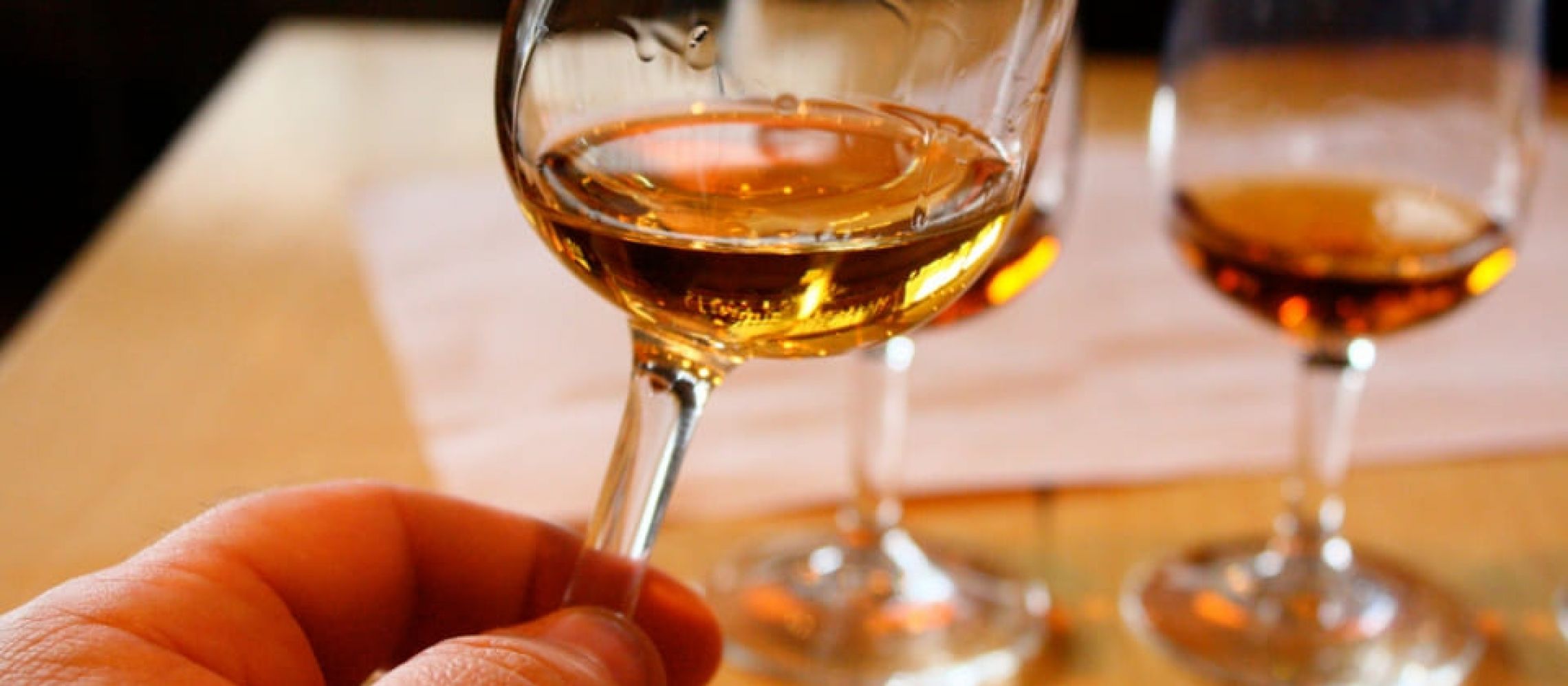The Art of Whiskey Tasting: Tips and Techniques
Welcome back to World of Whiskey, your go-to source for all things about whiskey. In this article, we'll be exploring the art of whiskey tasting and sharing some tips and techniques for maximizing your enjoyment of this complex and nuanced spirit.
Personal Experience
First and foremost, it's important to remember that whiskey tasting is a personal experience, and there is no "right" or "wrong" way to do it. The most important thing is to relax and enjoy the process. However, there are some guidelines that can help you get the most out of your tasting experience.
Appearance
One of the key things to consider when tasting whiskey is the appearance of the liquid in the glass. The color of whiskey can range from pale straw to deep amber, and it can provide some clues about the aging process and the type of barrel it was aged in. A deeper color may indicate a longer aging period or the use of a charred oak barrel.
Nose
Next, let's move on to the nose, or aroma, of the whiskey. Take a sniff of the whiskey and see if you can detect any specific aromas, such as fruit, flowers, spices, or wood. Swirling the whiskey in the glass can help release more aromas. You can also try cupping the glass in your hands to warm the whiskey and enhance the aromas. Don't be afraid to take multiple sniffs and see if you can pick out different aromas each time.
Tasting
Now it's time to take a sip of the whiskey. Take a small mouthful and hold it in your mouth for a few seconds before swallowing. This will allow you to experience the full range of flavors and textures. Pay attention to the mouthfeel, or the sensation of the whiskey in your mouth, as well as the flavors and any aftertastes. Try to identify specific flavors, such as caramel, vanilla, oak, or peat.
Clean Palate
Finally, it's a good idea to have a clean palate between tastings. This can be achieved by sipping on water or eating something neutral like a cracker. This will help you fully appreciate the nuances of each whiskey and avoid any flavor overlap.
By following these tips and techniques, you'll be able to fully appreciate the art of whiskey tasting and discover the many flavors and characteristics of this fascinating spirit. Don't be afraid to try different whiskeys and compare them to see how they differ. The more you taste, the more you'll learn about the diversity and complexity of whiskey. Cheers!

Comments
Post a Comment